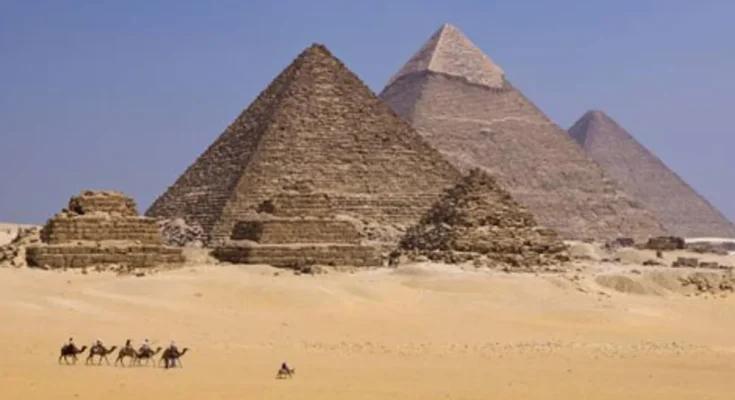First, the researchers mapped a wider area of the east facade, then they specifically examined unusual areas using geo-radar and ultrasound. This method allowed them to explore deeper rock layers and better differentiate between solid materials and air-filled structures.
As explained by Christian Große, one of the study’s authors and professor of non-destructive testing at the Technical University of Munich, this combination of methods is very effective “because it makes structural particularities visible from different physical perspectives.”
The researchers actually found what they were looking for. “Our images reveal two anomalies directly behind the polished granite blocks,” they wrote. The larger cavity starts about 1.4 meters below the surface and measures about 1.5 meters wide and one meter high. The smaller one is about 90 centimeters high and 70 centimeters wide. Both may contain air and lie directly beneath the granite layer.
It is not yet known how far the structure extends into the interior of the pyramid. “The penetration depth of our method is insufficient,” explains Helal. However, the find is considered extraordinary because the location and shape of the cavity support the assumption of a hidden path to the Menkaure pyramid.
The idea of a second entrance has long been discussed among Egyptologists, and now for the first time there is geophysical measurement data to support this assumption. “The hypothesis of another entrance is very plausible, and our discovery brings us one step closer to confirming it,” said Große.
If the assumption of a hidden passage behind the cavity is proven, this could open access to previously unknown chambers and provide new insights into the pyramid’s construction, function and symbolism.



